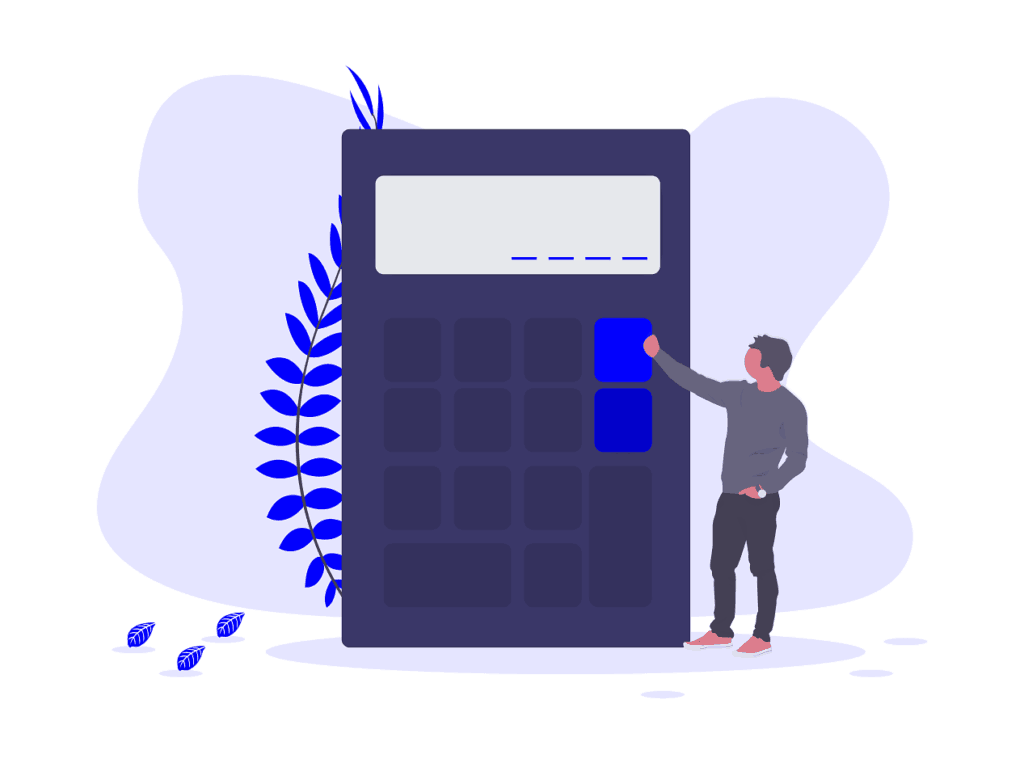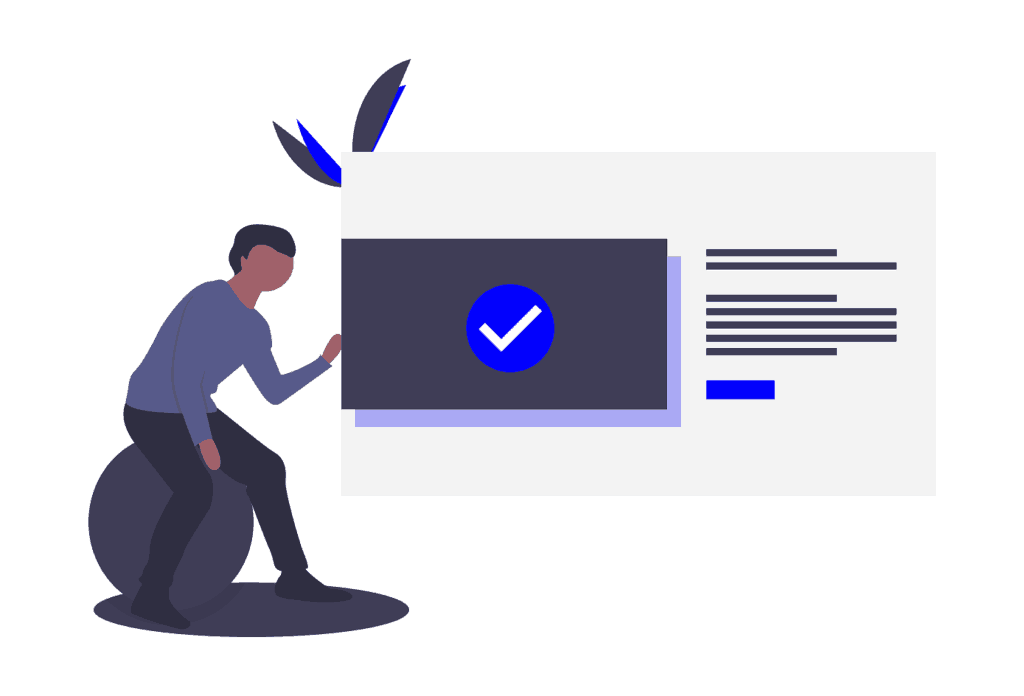It’s one of the most critical numbers in your business.
But many businesses don’t know it.
Customer Lifetime Value (CLV).
I get really passionate about this topic.
But I don’t apologize for it.
You’ve got to know what Customer Lifetime Value is and how to calculate it in your business.
Once you know what your Customer Lifetime Value is you can make some really smart decisions about your business and how to grow it.

So, What is Customer Lifetime Value (CLV)
Many people can make this topic super complex which just ends up confusing business owners.
I’m going to start simple and then go a little deeper.
Simply put, Customer Lifetime Value is the profit you generate from your average customer for the entire time that you have a relationship with that customer.
Let me give you some examples.
Let’s say you run a coffee shop.
A customer might, on average, come in 3 times per week and spend $5 each time (make sure you include the revenue from all products e.g. coffee and muffin sales). That’s $15 per week multiplied by 48 weeks (customers do take holidays) equals $720 per year.
The next question is how many years do they remain a customer. Let’s assume 2.5 years in this example.
So, $720 multiplied by 2.5 equals $1,800.
So now you have you the average REVENUE we must work out the average profit.
I’ll keep things simple and assume the coffee shop makes 50% margin.
So the average CLV PROFIT is $900.
That means, if you successfully acquire a new customer you can expect to make $1,800 of revenue and $900 of profit.

Now you know your Customer Lifetime Value, what can you do with it?
Let’s give some examples to show you how powerful knowing what your Customer Lifetime Value is.
One question I get asked all the time is “How much should we spend on digital advertising?”
Usually business owners are looking for a response like “X% of revenue”.
I surprise them when I say “less than your average Customer Lifetime Value profit”.
In the coffee shop example, knowing your CLV profit is $900 immediately tells you the maximum you can spend to acquire a customer.
Let’s say the café owner spends $50 per customer today on advertising (e.g. total number of customers divided by total advertising spend).
Now that she knows her Customer Lifetime Value profit, doubling her advertising spend to $100 per new customer is a really easy decision that is based on data and not guesswork.

How else can Customer Lifetime Value help me?
Tip #1: How does your Customer Lifetime Value compare to similar businesses (or the competition)?
When I have shown business owners their customer lifetime value versus other similar business it’s an eye-opening experience for them.
One business owner I worked with came to the realization that there average Customer Lifetime Value was half that of most businesses in their field. See the tip #3 to discover how we fixed it.
Tip #2: Work out your Customer Lifetime Value by product or division.
This will expose which parts of your business are contributing the most or not at all.
Let’s say you have a Financial Planning business. You might work out that your average CLV is $3,000 profit.
However, inside these numbers, you might find that one division is contributing most of the profit.
I have worked with businesses before who have come to the realization that certain products and services aren’t actually contributing much to the bottom line but are taking a heap of resources and distracting the business.
Alternatively, you might discover that one division should be contributing a lot more. See my next tip.

Tip #3: Upsell.
Everyone who has been to McDonald’s has heard the question “would you like fries with that”?
It’s so obvious but many business owners don’t think about upselling a customer.
They work so hard to attract a prospect to their business and convert them to a customer but don’t consider selling related products or products that are the natural next step for the customer.
I’ve seen the addition of upselling into a sales process completely change the bottom line for a business.
Imagine what your bottom line would look like if you increase CLV by just 10%.
Game changer.
The one thing to be careful of with upsells is that it doesn’t lead to a massive range of products and services that you offer. This can end up being really counterproductive because sales teams end up not knowing where to start.
Tip #4. Customer Lifetime Value by Advertising Source.
I worked with one business that was convinced a certain type of advertising was their best source of customers. Let’s call that source Media A.
We set up some digital tracking mechanisms because the data never lies.
The result: Media A did drive a lot of traffic, but the CLV of those customers was 75% less than the average!
And not profitable.
Those customers were also the highest maintenance on the businesses call center.
Now you might be thinking the best course of action would be to drop Media A.
We didn’t.
Instead, we narrowed down the audience and focussed on the profitable customer segments within Media A.
The result was a significant increase in the bottom line because we removed the unprofitable, resource-hungry customers and focused on the profitable customers from Media A.
Do you know which sources of your marketing drive the best, most profitable customers?
Worth knowing.

Take Action Now!
So stop everything and work out your Customer Lifetime Value NOW.
If you can’t work it out then you have a data problem (here is my article on the important of data).
Fix it immediately. I bet you’ll thank me later when you see the insights you discover from clean, rich data.
Final Tip.
As you start the process to work out your Customer Lifetime Value be careful that you don’t fall into the trap of trying to develop the perfect, technically correct model.
I’ve seen business owners get lost in discounted cash flow analysis and fixed cost allocations.
Of course, these have their place and might give you an even more accurate result, but it can’t help you if you spend months working these things out and delaying action.
I always encourage business owners to take a quick first pass.
Start with an overall average Customer Lifetime Value.
Then compare it to your competition.
You’ll quickly work out if you have a high-level problem.
Then look at CLV by product or service.
Then look at your upsell strategy.
What would a 10% higher Customer Lifetime Value do to your business?
Don’t delay, start today.
If you need any help using digital to grow your business see below for a free strategy session (when available).

